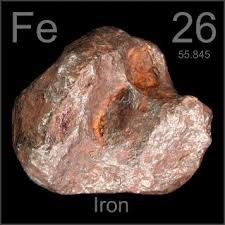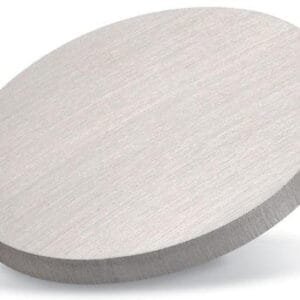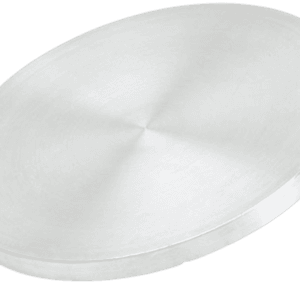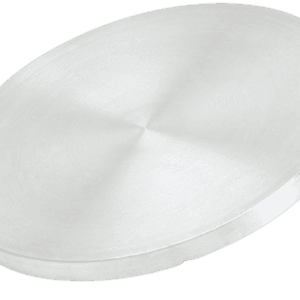Iron Silicide Sputtering Target Description
Iron silicide sputtering target is a type of silicide ceramic sputtering target composed of iron and silicon.

Iron, also called ferrum, is a chemical element derived from the Anglo-Saxon name iren (ferrum in Latin). It has been used since before 5000 BC. The canonical chemical symbol for iron is “Fe,” and its atomic number is 26. Iron is located in Period 4 and Group 8 of the periodic table, belonging to the d-block. Its relative atomic mass is 55.845(2) Dalton, with the number in the brackets indicating the uncertainty.
Related Product: Iron Sputtering Target
![]()
Silicon is a chemical element named after the Latin silex or silicis, meaning flint. It was first mentioned in 1824 and observed by J. Berzelius. The isolation and announcement were also accomplished by J. Berzelius. The canonical chemical symbol for silicon is “Si,” and its atomic number is 14. Silicon is located in Period 3 and Group 14 of the periodic table, belonging to the p-block. Its relative atomic mass is 28.0855(3) Dalton, with the number in brackets indicating the uncertainty.
Iron Silicide Sputtering Target Application
Iron Silicide Sputtering Target is a type of silicide ceramic sputtering target composed of iron and silicon. It is utilized in various applications, including thin film deposition, decoration, semiconductor manufacturing, display technologies, LED and photovoltaic devices, and functional coatings. Additionally, it is employed in optical information storage, glass coating industries such as automotive and architectural glass, and optical communication systems.
Iron Silicide Sputtering Target Packing
Our iron silicide sputter targets are meticulously tagged and labeled externally to facilitate efficient identification and ensure rigorous quality control. We take great care to prevent any damage during storage and transportation, ensuring that the targets reach you in optimal condition.
Get Contact
TFM offers Iron Silicide Sputtering Targets in various forms, purities, sizes, and prices. We specialize in high-purity thin film deposition materials with optimal density and minimal grain sizes, which are ideal for semiconductor, CVD, and PVD applications in display and optics. Contact Us for current pricing on sputtering targets and other deposition materials that are not listed.





Reviews
There are no reviews yet.